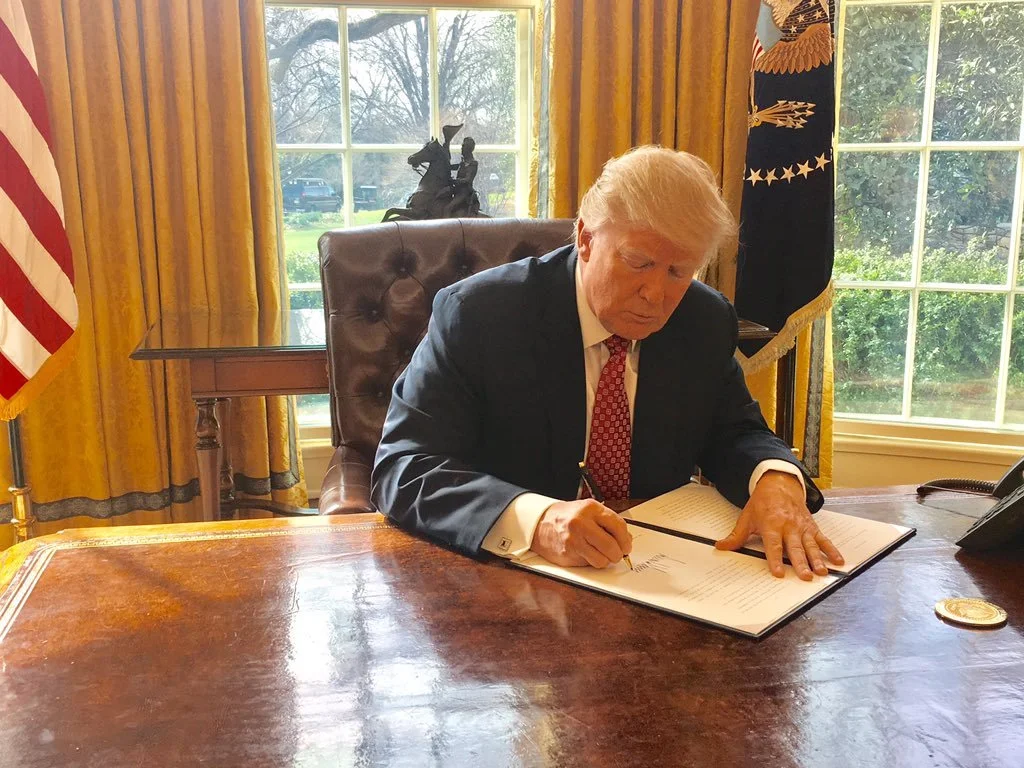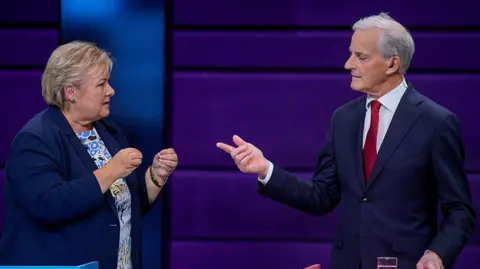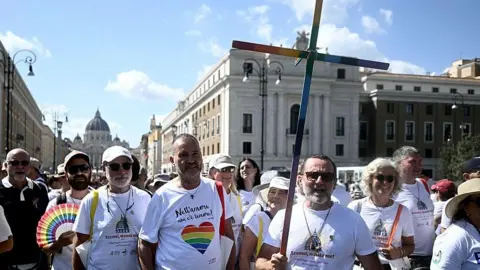On Wednesday afternoon, the eyes of the Roman Catholic Church—and indeed the world—will turn to the Sistine Chapel as the largest assembly of voting cardinals in history casts their ballots to elect the successor of Pope Francis. This papal conclave, the first in over ten years, is unfolding just over two weeks after the passing of Francis, who left behind a polarized Church grappling with significant challenges of direction, finance, and the fallout from sex abuse scandals.
Before voting begins, cardinals celebrated Mass at St. Peter’s Basilica, invoking the Holy Spirit to guide their decision-making. Many attending this conclave, totaling 133 cardinals, are encountering one another for the first time, which some experts predict could lead to a more fragmented voting process. The atmosphere is charged as factions within the Church clash over varying visions for its future—some advocating for the continuity of Francis’ inclusive leadership, while others hope to roll back his progressive strides.
The election process will proceed under stringent secrecy and solemnity, as cardinals must take oaths to maintain confidentiality, retreating into seclusion once the conclave commences. If the cardinals fail to elect a pope on the first ballot, they will continue voting each day, with the need for a two-thirds majority to confirm a candidate. This time around, historic precedents from previous conclaves yield no guarantees on how long this process may take.
With papal contenders such as Cardinal Pietro Parolin—Francis’ former second-in-command—and Cardinal Luis Antonio Tagle from the Philippines among the most discussed, the outcome of this conclave may ultimately act as a referendum on Francis’ legacy. It poses questions crucial to the future of the Church, including the ongoing tension around issues like the ordination of women, the blessing of same-sex unions, and the overall outreach to marginalized communities.
As the conclave unfolds, a delicate balance exists between charting a bold path towards modernity or retreating to a more traditionalist stance. The complexities of these decisions will undoubtedly shape the Catholic Church for years to come, as the world watches and waits for the new pope's emergence from behind the closed doors of the Sistine Chapel.
Before voting begins, cardinals celebrated Mass at St. Peter’s Basilica, invoking the Holy Spirit to guide their decision-making. Many attending this conclave, totaling 133 cardinals, are encountering one another for the first time, which some experts predict could lead to a more fragmented voting process. The atmosphere is charged as factions within the Church clash over varying visions for its future—some advocating for the continuity of Francis’ inclusive leadership, while others hope to roll back his progressive strides.
The election process will proceed under stringent secrecy and solemnity, as cardinals must take oaths to maintain confidentiality, retreating into seclusion once the conclave commences. If the cardinals fail to elect a pope on the first ballot, they will continue voting each day, with the need for a two-thirds majority to confirm a candidate. This time around, historic precedents from previous conclaves yield no guarantees on how long this process may take.
With papal contenders such as Cardinal Pietro Parolin—Francis’ former second-in-command—and Cardinal Luis Antonio Tagle from the Philippines among the most discussed, the outcome of this conclave may ultimately act as a referendum on Francis’ legacy. It poses questions crucial to the future of the Church, including the ongoing tension around issues like the ordination of women, the blessing of same-sex unions, and the overall outreach to marginalized communities.
As the conclave unfolds, a delicate balance exists between charting a bold path towards modernity or retreating to a more traditionalist stance. The complexities of these decisions will undoubtedly shape the Catholic Church for years to come, as the world watches and waits for the new pope's emergence from behind the closed doors of the Sistine Chapel.





















